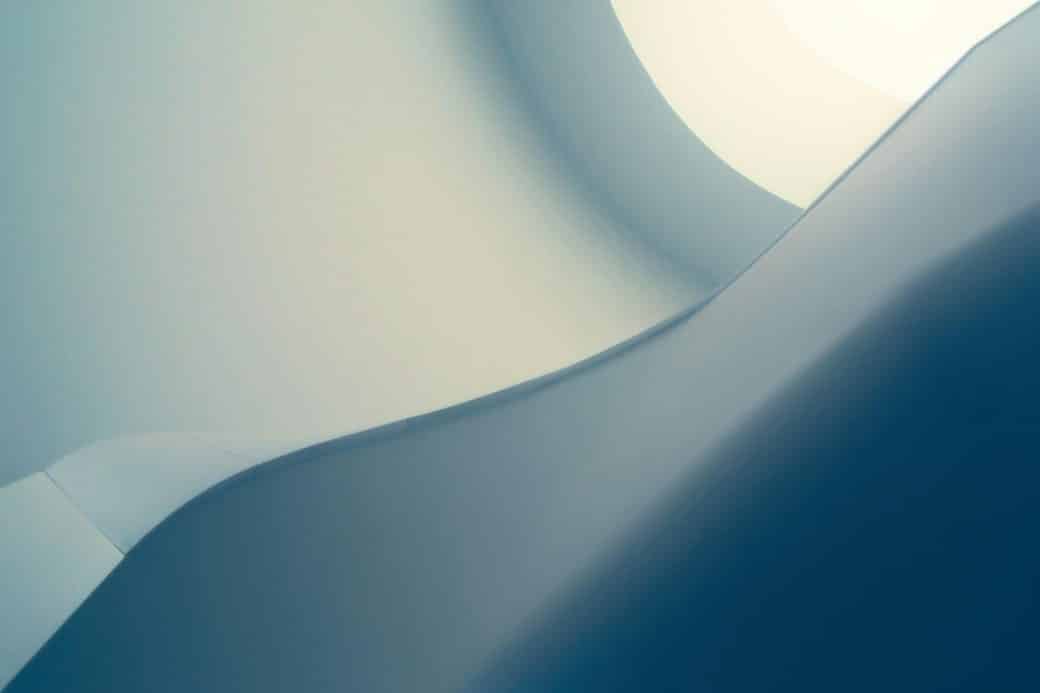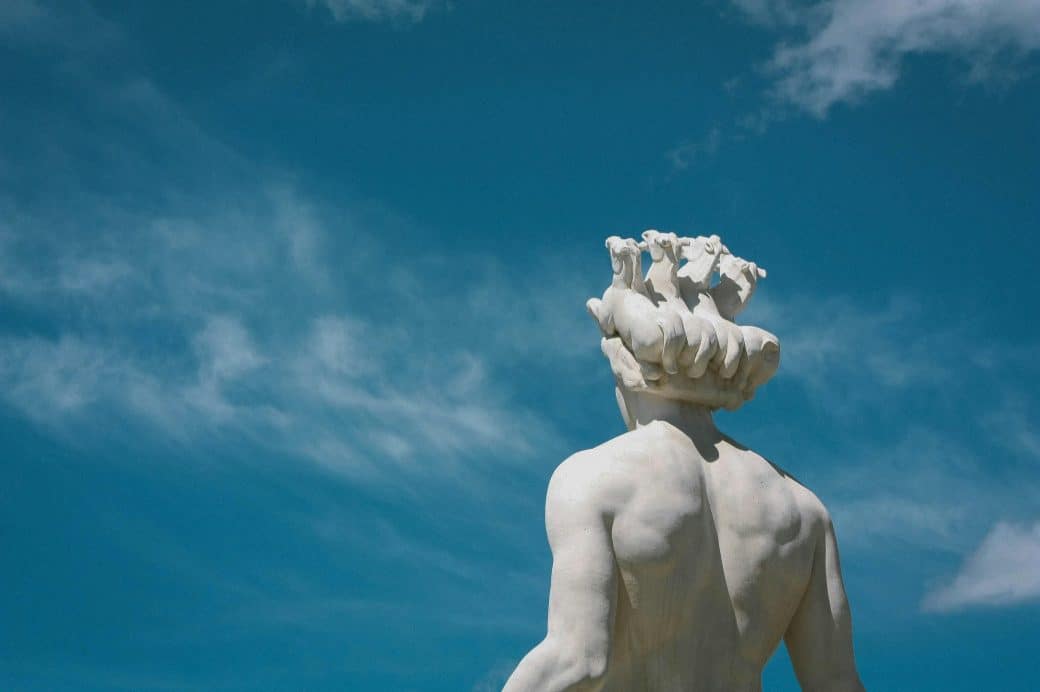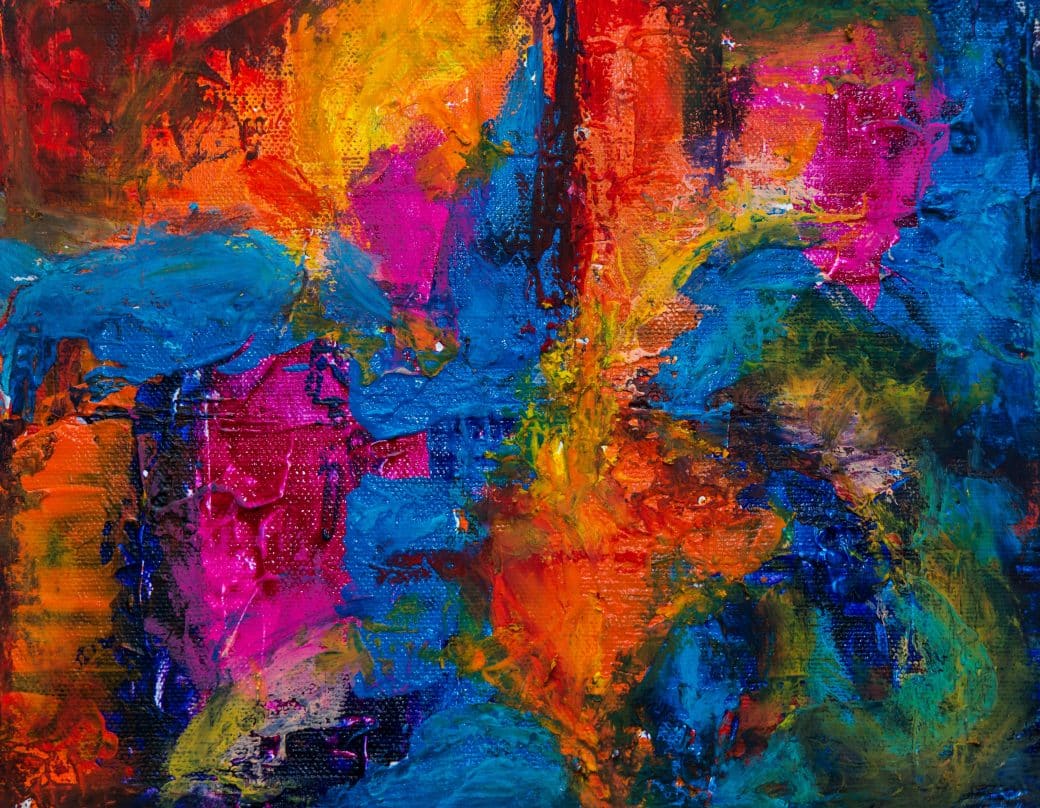So, I’m about to take you on a fascinating journey through the world of contemporary sculpture, highlighting its incredible evolution over the years. When I started digging into how modern sculptures have transformed, I was amazed by the rich tapestry of styles, themes, and materials that artists have embraced to express their unique visions. This exploration not only opened my eyes to the sheer creativity and innovation present in today’s sculptural practices but also allowed me to see how these changes reflect broader shifts in our society and culture. Join me as I share insights into this dynamic art form, uncovering the influences and inspirations that have propelled sculpture into new and uncharted territories.
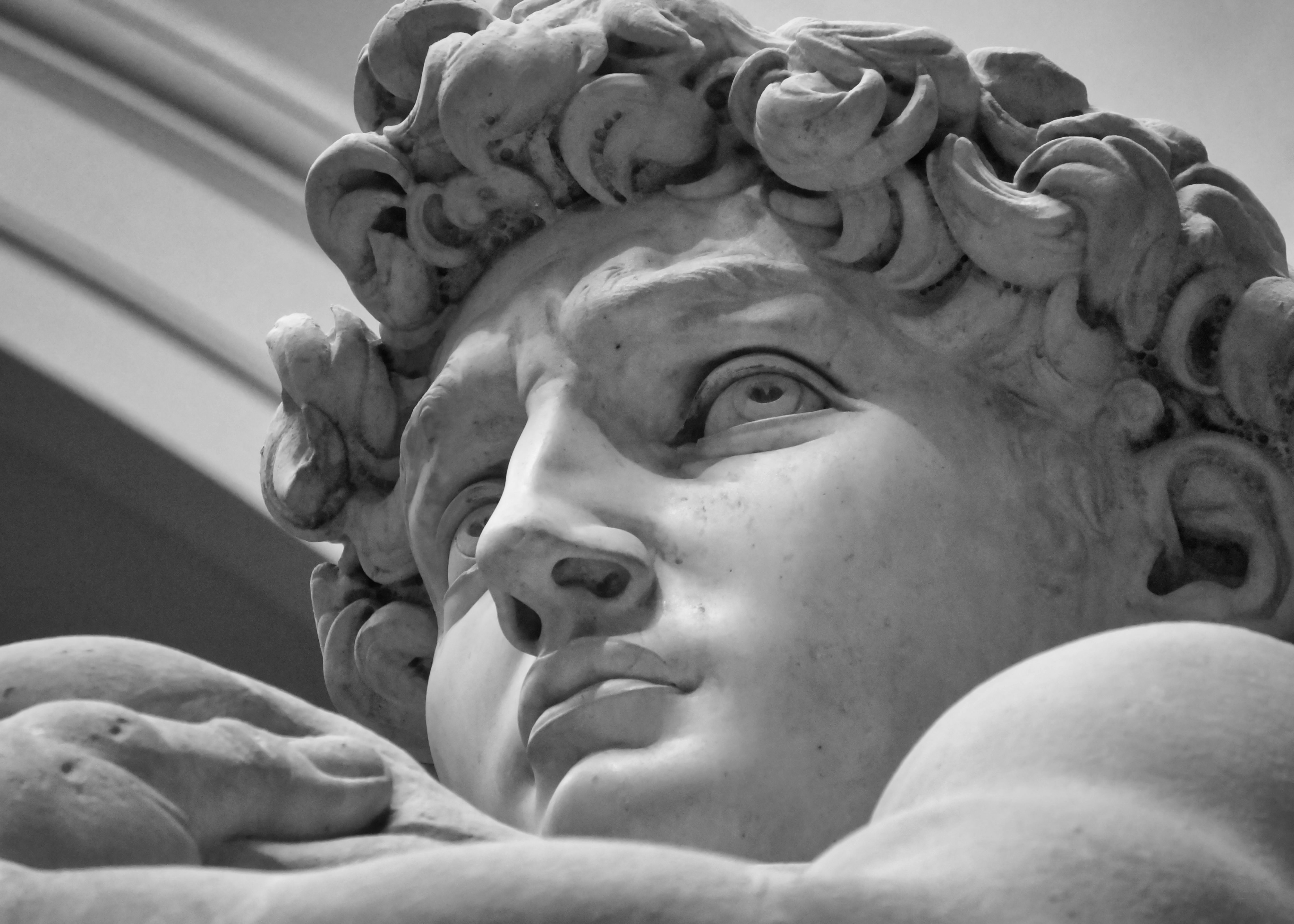
Understanding The Basics of Sculpture
Origins and historical context
So, diving into sculpture, let’s go way back to the beginning. Sculpture is one of the oldest forms of artistic expression known to humanity, emerging as a distinct craft even in prehistoric times. Looking at ancient civilizations – think about the intricate carvings of Egypt or the majestic stone idols of Easter Island – it’s fascinating how these early pieces tell us stories of societies long gone. Sculpture, in its essence, has been a way for humans to communicate, commemorate, and even worship.
Definition and critical components
When we talk about sculpture, we’re referring to the art of creating three-dimensional figures or forms. This can involve either carving away material (like wood, stone, or marble) or building up the form with materials like clay or metal. The key components? Well, you’ve got form, space, texture, and color. But what truly sets sculpture apart from other art forms is its palpable presence. You can walk around a sculpture, observe it from various angles, and sometimes even interact with it.
Different forms and materials
Sculpture comes in a myriad of forms and materials, each with its own vibe and technique. From the solid marble statues of ancient Greece to the delicate bronze figures of the Renaissance, materials play a huge role. And then, there’s the form. You’ve got everything from traditional busts and figures to abstract shapes and installations that challenge our perceptions of space.
Early Period of Sculpture: From Ancient Civilizations to Middle Ages
Key characteristics and styles
The early period of sculpture was defined by its focus on the human form, spirituality, and the supernatural. Ancient civilizations like the Egyptians carved hieroglyph-covered monuments and statues that were meant to serve religious functions. Moving on, Greek and Roman sculptures introduced striking realism and idealized forms of the human body. Then, in the Middle Ages, Europe shifted towards more symbolic representations with an emphasis on Christian iconography.
Prominent artists and their works
This era wasn’t much for crediting individual artists, but we can still marvel at works like the Colossi of Memnon in Egypt and the ancient Greek masterpieces like the “Discobolus” (Discus Thrower). The Middle Ages brought us the Gothic style, with the Chartres Cathedral sculptures standing out for their religious narratives and detailed human expressions.
Impact and significance of early period sculpture
The sculptures of these eras were more than just art. They served as educational tools, religious idols, and symbols of power. The evolution from the stylized forms of Egypt to the realism of Greece and Rome reflects a growing interest in humanism and individual identity. Meanwhile, the spiritual focus of medieval sculpture reveals the deep intertwining of art and religion in societal values.

Renaissance Period: Transformation in Sculpture
Role of sculpture in the Renaissance
Here’s where things get really interesting. The Renaissance marked a return to classical ideas, with sculpture taking center stage in the exploration of humanism. This period saw sculptors pushing the boundaries of realism, emotion, and proportion, making their works a testament to human potential and beauty.
Major artists and their contributions
You can’t talk about Renaissance sculpture without mentioning Michelangelo and his iconic “David,” a marvel of marble that captures human beauty and strength in unparalleled detail. Donatello brought realism to new heights with his “David,” showcasing a more youthful and contemplative figure. These artists and others like Gian Lorenzo Bernini later on, revolutionized sculpture with their mastery of form and expression.
Techniques and materials of the time
The Renaissance was all about marble, bronze, and, occasionally, gold. Artists refined their techniques, achieving intricate details and life-like textures. They employed methods like contrapposto to introduce dynamic movement into their statues, making the figures seem almost ready to step out of their stone confines.
Sculpture in Modern Era: 19th and 20th Century
Evolution of sculpture during the industrial revolution
As we moved into the modern era, the industrial revolution brought about new materials and techniques, allowing artists to experiment like never before. Sculpture started to break away from traditional forms and subjects, reflecting the rapid social and technological changes of the time.
Modernist movement and its importance
The modernist movement sought to explore new perspectives and forms, emphasizing innovation and the expression of inner experiences. Artists like Auguste Rodin pushed the envelope with works that captured raw human emotion and complex textures. Modernism laid the groundwork for abstract and conceptual art, radically expanding the definition of sculpture.
Famous modern sculptors and their works
Among the giants of modern sculpture, Pablo Picasso and Alberto Giacometti stand out. Picasso incorporated found objects into his sculptures, challenging traditional notions of art. Giacometti’s slender, elongated figures, such as those in “The Walking Man” series, explored themes of existentialism and the human condition.
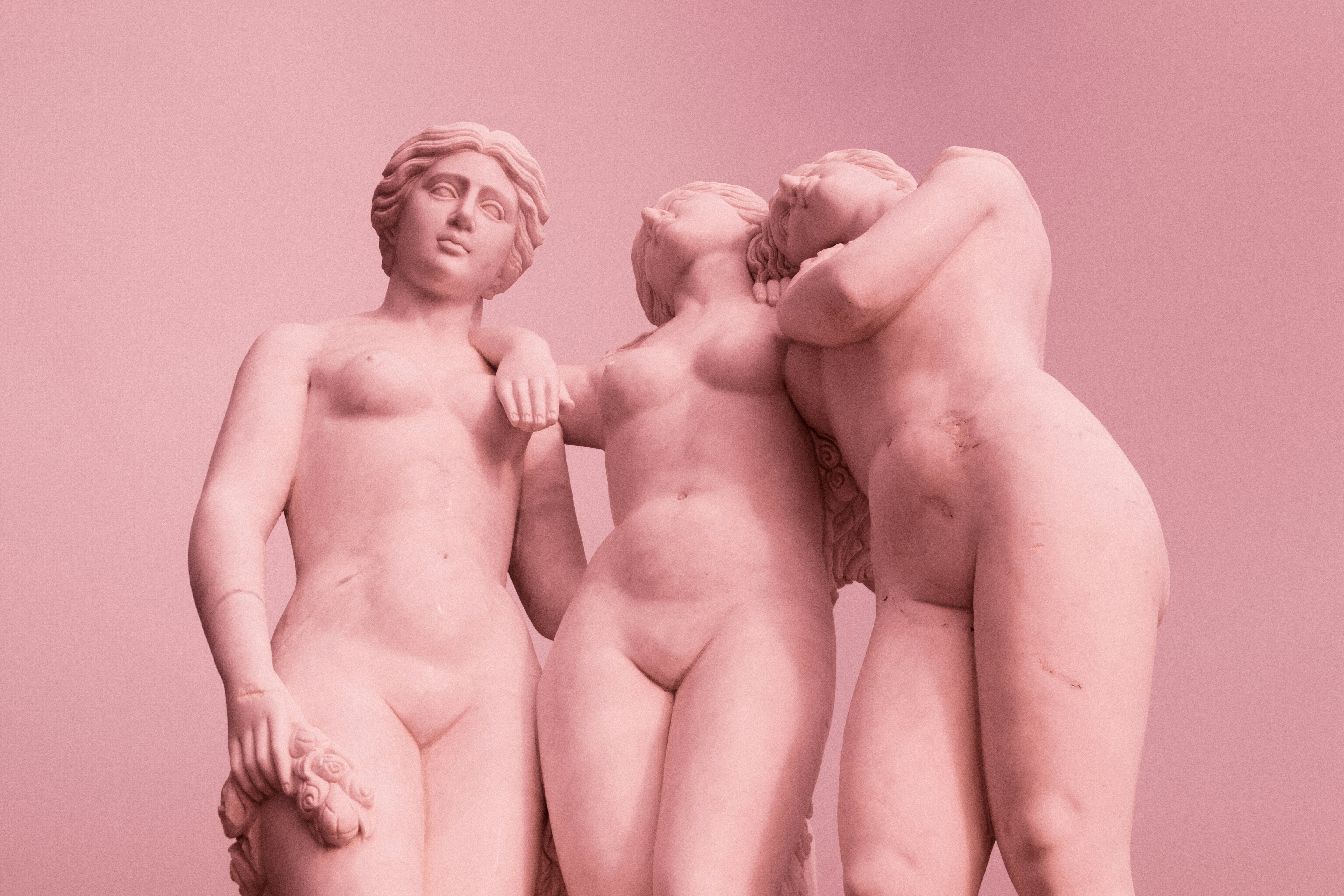
Advent of Contemporary Sculpture: Post- 1960s
Defining features of contemporary sculpture
Contemporary sculpture is all about pushing boundaries. It’s a melting pot of ideas, techniques, and materials, reflecting the diversity and complexities of the modern world. From installations that transform spaces to sculptures that engage directly with social issues, contemporary art refuses to be pigeonholed.
Emergence of new techniques and styles
Artists today experiment with everything from traditional bronze casting to cutting-edge digital fabrication techniques. Styles range from hyper-realistic figures to abstract forms that challenge our perceptions of what sculpture can be.
Increasing diversity in sculpture
One of the most exciting aspects of contemporary sculpture is its inclusivity. Artists from a wide range of backgrounds are receiving recognition, bringing diverse voices and perspectives to the forefront. This richness of expression is what makes contemporary sculpture so vibrant and relevant.
Use of New Materials in Contemporary Sculpture
Introduction of industrial and synthetic materials
Today’s sculptors aren’t just sticking to clay and marble. Industrial and synthetic materials like plastic, resin, and even recycled goods have entered the scene. These materials open up new possibilities for form and texture, allowing artists to create works that were unimaginable in the past.
Examples of unconventional materials
Think about sculptures made from light, sound, or even living plants. Artists like Olafur Eliasson have used elements like water and light to create immersive environments that redefine sculpture. The use of unconventional materials challenges our assumptions about permanence and value, making us question what sculpture can be.
Influence on sculptural aesthetics
The introduction of new materials has led to a shift in aesthetics. The glossy surfaces of synthetic polymers or the rough texture of recycled materials bring a whole new sensory experience. This diversity in materials allows for a broader exploration of themes and stories, enriching the sculptural tradition.
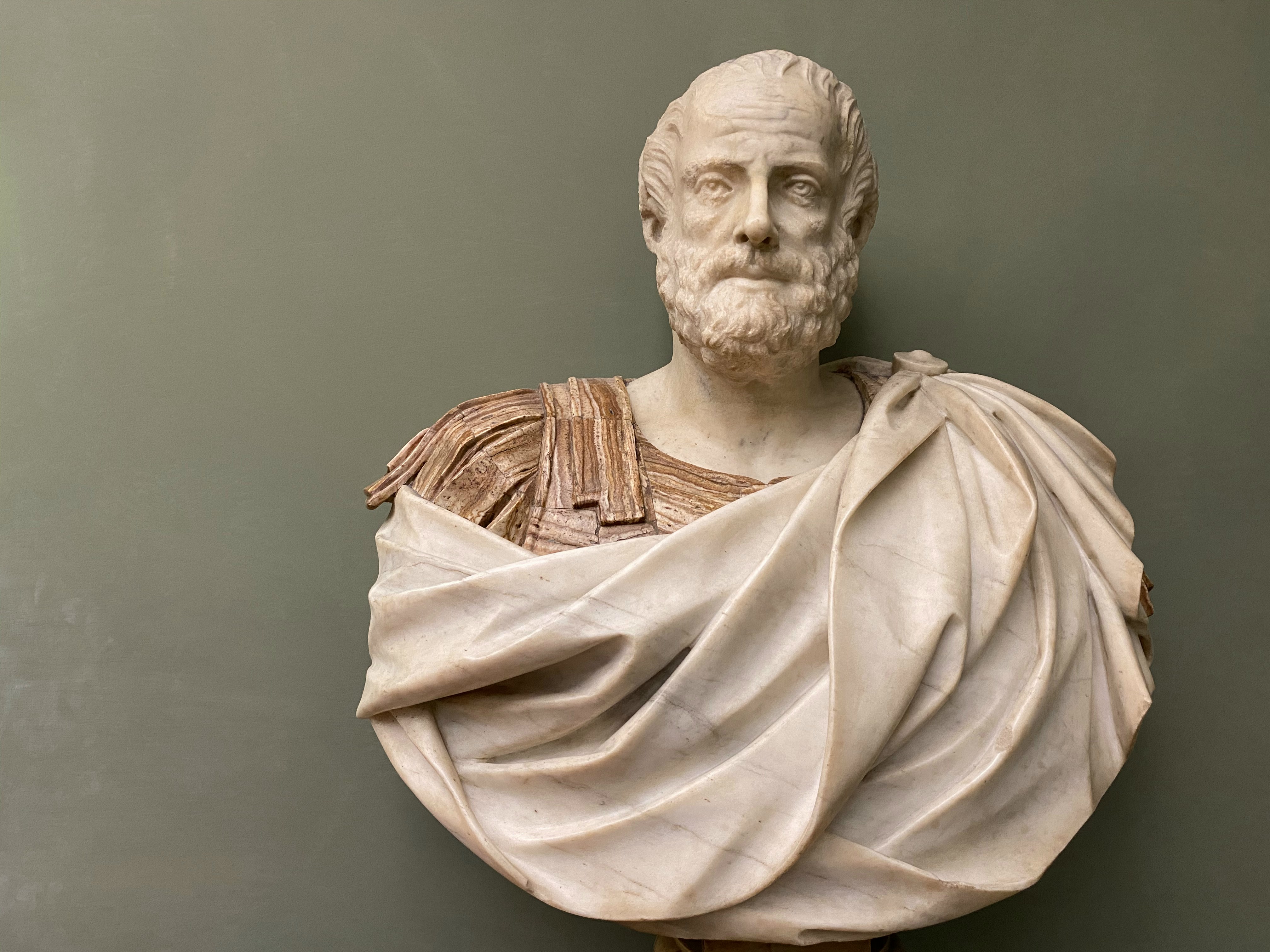
Influence of Technology on Contemporary Sculpture
Incorporation of multimedia technologies
Technology has had a profound impact on sculpture. Artists are incorporating multimedia technologies to create interactive and dynamic works. Sculptures now respond to viewers’ movements, create immersive light and sound experiences, or even incorporate augmented reality to alter our perception of space.
Digital and virtual reality sculpture
Digital technology has introduced the concept of virtual sculptures, existing only in digital space and viewable through VR headsets. These works challenge our very notion of sculpture as a physical object, opening up new realms of artistic exploration.
3D printing and implications for sculpture
3D printing has been a game-changer, allowing artists to produce complex forms that would be impossible to create by hand. This technology democratizes the production of sculpture, making it accessible to more people and enabling a rapid prototyping of ideas.
Feminism and Diversity in Contemporary Sculpture
Rise of feminist and LGBTQ+ voices
Feminism and LGBTQ+ advocacy have had a significant influence on contemporary sculpture. Artists use their work to challenge gender norms, explore identity, and highlight issues of inequality and oppression. This shift has brought forward a rich tapestry of stories and experiences, enriching the cultural narrative.
Representation and cultural diversity
There’s a growing emphasis on representation and cultural diversity in contemporary art. Sculptors from diverse backgrounds are gaining visibility, using their unique perspectives to contribute to a more inclusive understanding of human experiences.
Artists championing diversity in their works
Artists like Kehinde Wiley and Yinka Shonibare use sculpture to question historical narratives and celebrate multicultural identities. Their works are powerful statements on race, identity, and the legacy of colonialism, urging us to rethink our assumptions and engage with a more complex world.
Environmental and Social Themes in Contemporary Sculpture
Growing consciousness of environmental issues
Environmental concerns are increasingly central to contemporary sculpture. Artists are addressing topics like climate change, pollution, and sustainability, using their works to raise awareness and provoke discussion. Sculptures made from recycled materials or those that highlight the beauty and fragility of nature serve as a call to action.
Art as a tool for social commentary
Sculpture has become a potent tool for social commentary, tackling issues from political oppression to economic inequality. Through public installations and gallery works, sculptors are engaging with the most pressing issues of our time, inviting viewers to reflect and, hopefully, inspire change.
Influential works with a social or environmental focus
Works like Ai Weiwei’s “Sunflower Seeds,” which comments on mass consumption and individuality, or Agnes Denes’s wheatfield in downtown Manhattan highlighting land use and sustainability, are just two examples of how sculpture can influence public discourse and prompt action on critical issues.
Impact and Future of Contemporary Sculpture
Contemporary sculpture in public spaces
Contemporary sculpture has a significant presence in public spaces, transforming our environment and the way we interact with it. Public art installations can provoke conversation, celebrate community identity, and make art accessible to a wider audience.
Possible future trends in sculpture
Looking ahead, we can expect sculpture to continue evolving in exciting ways. The integration of technology, a deeper engagement with social and environmental issues, and a further breaking down of traditional boundaries are likely to shape the future of sculpture. The increasing use of immersive and interactive elements could redefine our experience of sculptural works.
Discussion on the relevance of contemporary sculpture
At its heart, contemporary sculpture is a reflection of our time. It’s a medium through which we can explore complex ideas, express emotions, and connect with broader societal issues. Its relevance lies in its ability to provoke thought, elicit emotion, and inspire change. As we navigate the challenges and opportunities of the 21st century, sculpture will undoubtedly continue to play a crucial role in our cultural and intellectual landscape.
Sources
- https://citejournal.org/volume-20/issue-3-20/social-studies/pinning-for-profit-examining-elementary-preservice-teachers-critical-analysis-of-online-social-studies-resources-about-black-history
- https://advising.utah.edu/majors/quick-look/art-history.php
- https://www.nga.gov/conservation/publications.html

